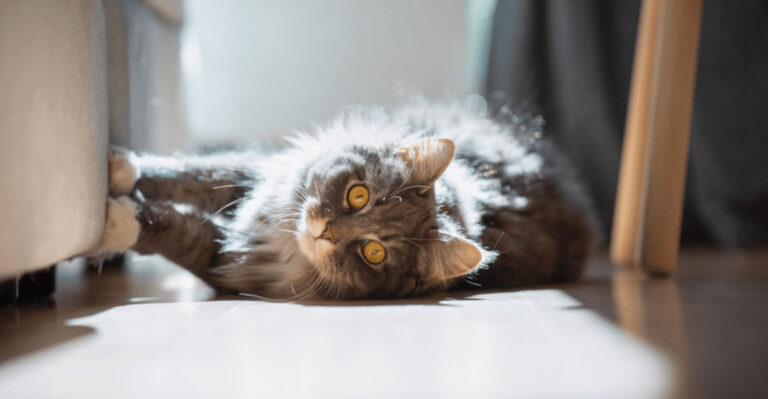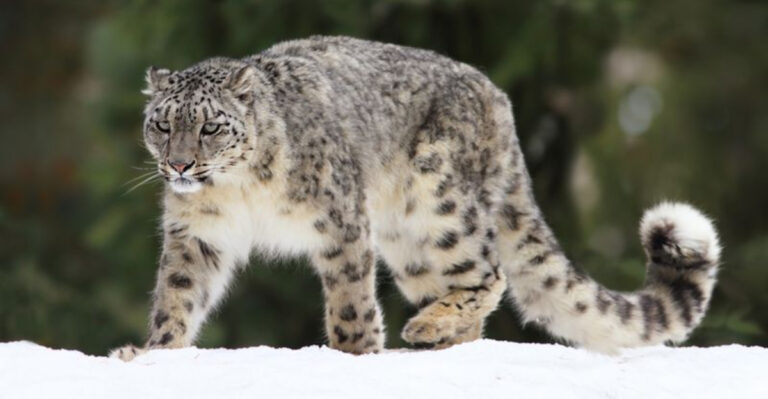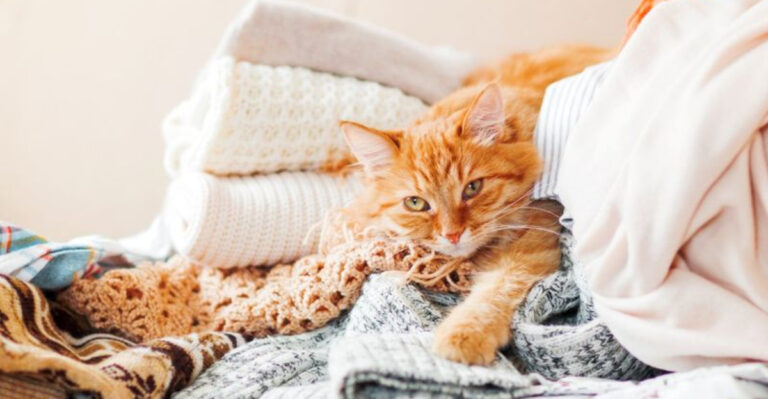16 Common Cat Illnesses You Should Watch Out For
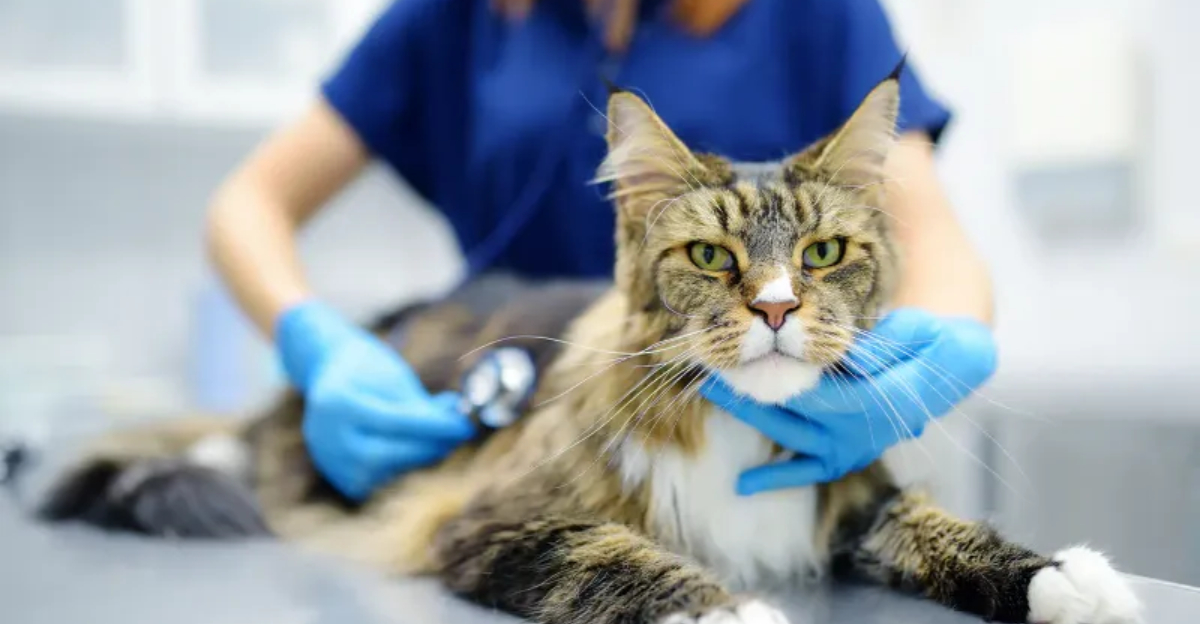
Picture this: cats, the ultimate masters of cozy napping and laser-pointer hunting, sometimes face health hurdles that sneak up like a silent, stealthy shadow.
As a feline guardian, knowing the potential pitfalls can make all the difference in keeping your furry friend purring happily.
1. Feline Lower Urinary Tract Disease (FLUTD)
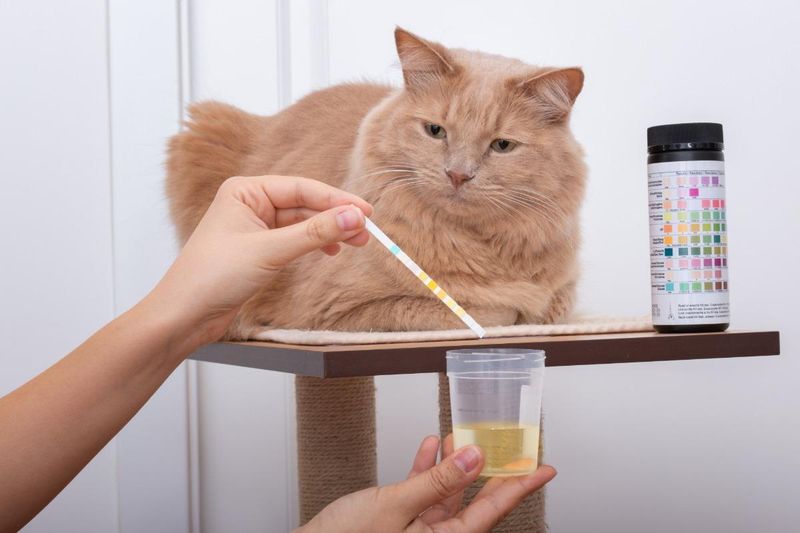
Ever notice your cat making frequent trips to the litter box? FLUTD might be the culprit.
It affects the bladder and urethra, making urination painful or difficult. Cats may urinate outside the box, a cry for help you shouldn’t ignore.
It can be caused by stress, diet, or urinary stones. If your kitty seems anxious or strains to pee, it’s time for a vet visit. FLUTD is serious but manageable with prompt care and dietary changes.
2. Chronic Kidney Disease (CKD)
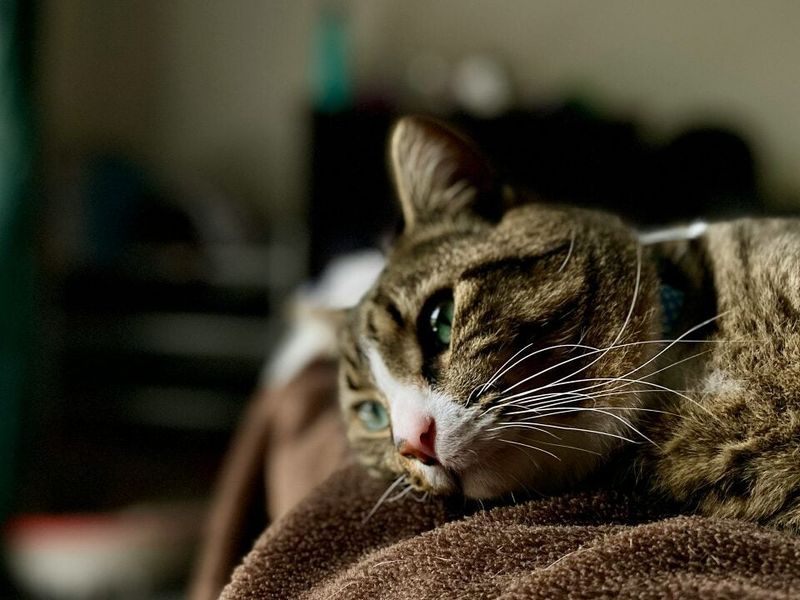
As cats age, their kidneys might not function as well, leading to CKD. It’s like the kidneys are trying to keep up with a marathon but can’t quite make it. Watch for weight loss, increased thirst, or lethargy.
Regular vet check-ups are your best friend here. Early diagnosis can lead to treatments that slow progression, giving your cat more quality time with you.
CKD is common but manageable with dedication and love.
3. Hyperthyroidism
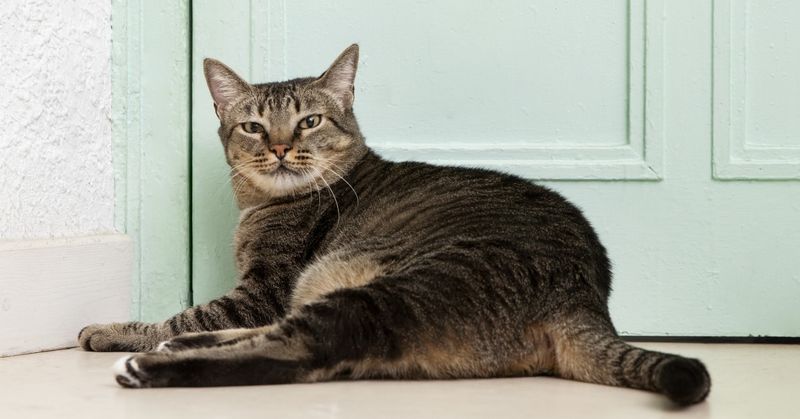
If your senior cat is eating like a lion but losing weight, hyperthyroidism might be in play. This condition speeds up metabolism, turning your cat into an energizer bunny with a thinning frame.
Medications or therapies can help manage symptoms, keeping your cat’s energy levels and weight stable. It’s a condition that’s not uncommon, but with the right care, your feline friend can continue to thrive.
4. Dental Disease
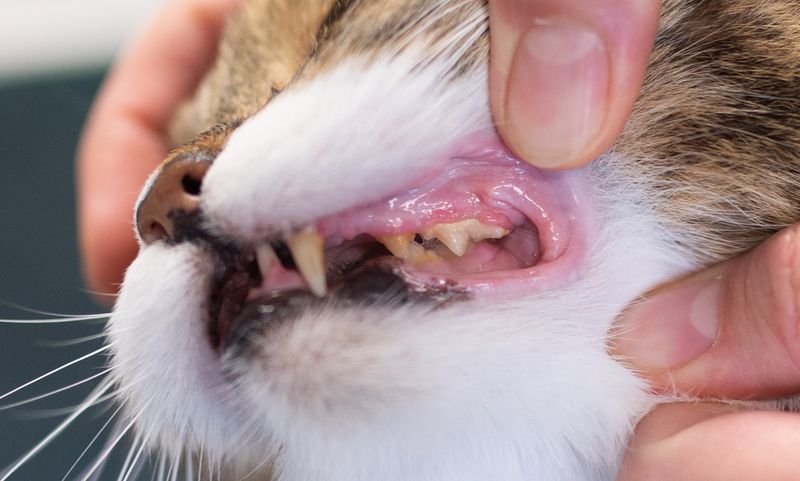
Bad breath in cats isn’t just a fishy problem; it might signal dental disease. Gingivitis and periodontal disease are like unwanted guests at a kitty’s mouth party, causing pain and tooth loss.
Regular dental check-ups and cleanings can keep those pearly whites healthy. Don’t dismiss bad breath as normal; it’s your cat’s way of saying, “Hey, something’s off!” Keep their smile bright with proper dental care.
5. Feline Leukemia Virus (FeLV)
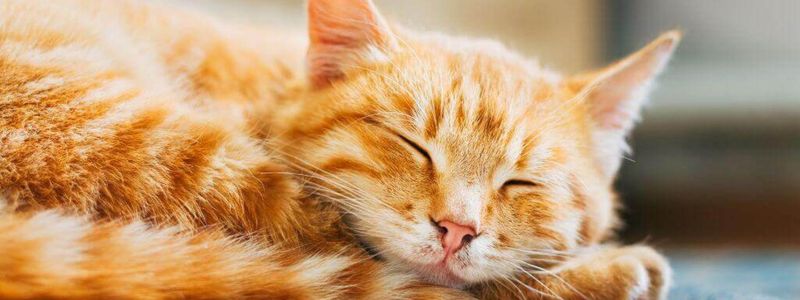
FeLV sounds scary, but with vaccines and care, your cat can dodge this bullet. It’s spread through close contact, affecting the immune system and leading to various health issues.
Regular vet visits and vaccinations are key players in prevention. If diagnosed, supportive care can help manage symptoms, offering your feline companion a good quality of life despite the challenges.
6. Feline Immunodeficiency Virus (FIV)
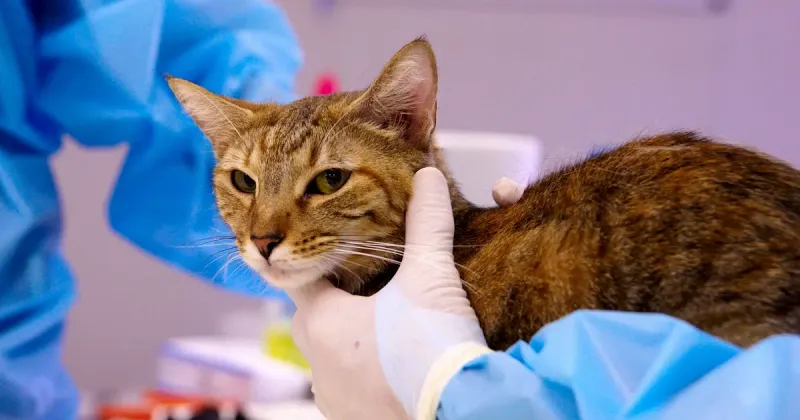
Think of FIV as the feline version of HIV. It weakens the immune system, making your kitty more vulnerable to infections. It’s spread through bites, so indoor cats are safer.
While there’s no cure, FIV-positive cats can live long, happy lives with the right care and regular vet check-ups. Keep them indoors and stress-free to maintain their health and happiness.
7. Upper Respiratory Infections (URI)

Sneezing, runny nose, and watery eyes are signs your cat caught a cold, or URI. It’s like the feline version of the common cold, often seen in shelter cats.
Keep an eye on symptoms and offer a cozy, stress-free environment. Most URIs are viral and self-limiting, but severe cases might need a vet’s care. A little TLC goes a long way in recovery.
8. Diabetes Mellitus
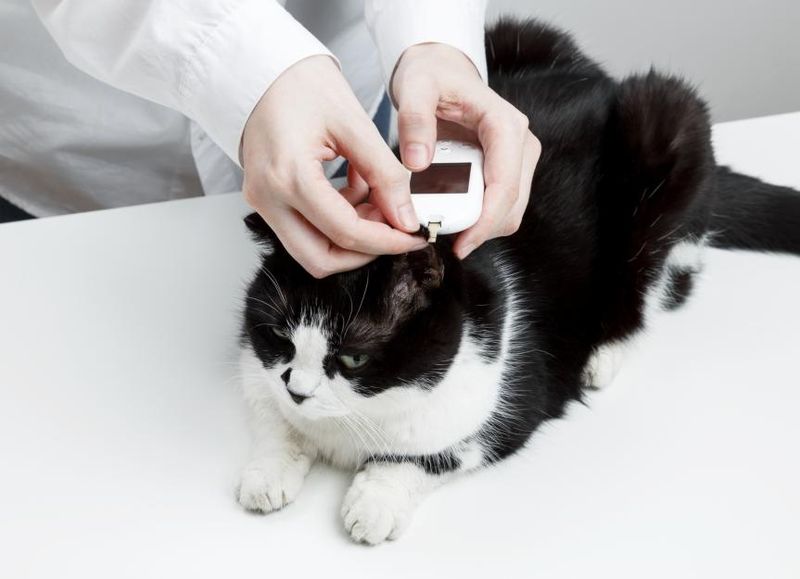
Has your cat’s thirst turned into a mini waterfall? Diabetes might be lurking. This condition affects insulin production, leading to excessive drinking and weight loss.
Diet changes and insulin therapy can help manage the condition. With careful monitoring, your cat can live a full, playful life.
Catching it early is key to avoiding complications, so don’t overlook those extra trips to the water bowl.
9. Feline Infectious Peritonitis (FIP)
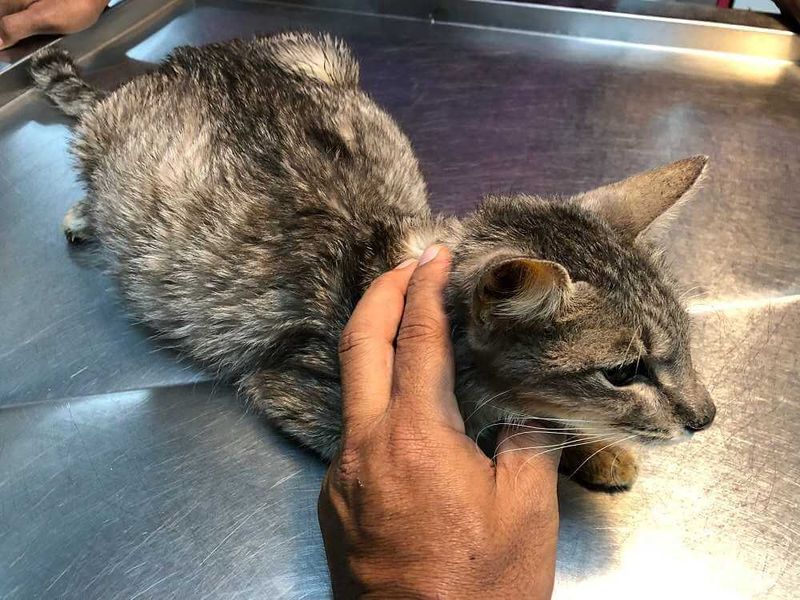
FIP is a complex, often mysterious illness that affects cats, especially young ones. It causes inflammation in various body parts, often leading to fluid buildup in the abdomen.
It’s heartbreaking, but awareness is crucial. While there’s no cure, supportive care can improve quality of life. Early detection and a compassionate approach make a significant difference for affected cats.
10. Heart Disease
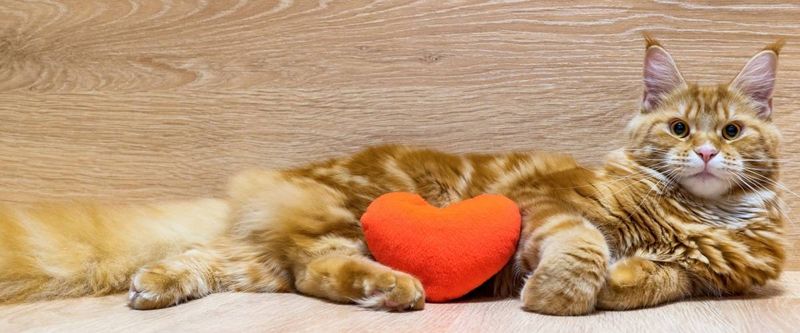
Cats won’t complain about chest pains, but heart disease is more common than you might think. It can be silent, showing signs like coughing, lethargy, or breathing difficulties.
Regular vet check-ups can catch it early, allowing for treatments that support heart health. Keep your cat’s heart beating strong with love, care, and attention to any changes in behavior.
11. Gastrointestinal Issues
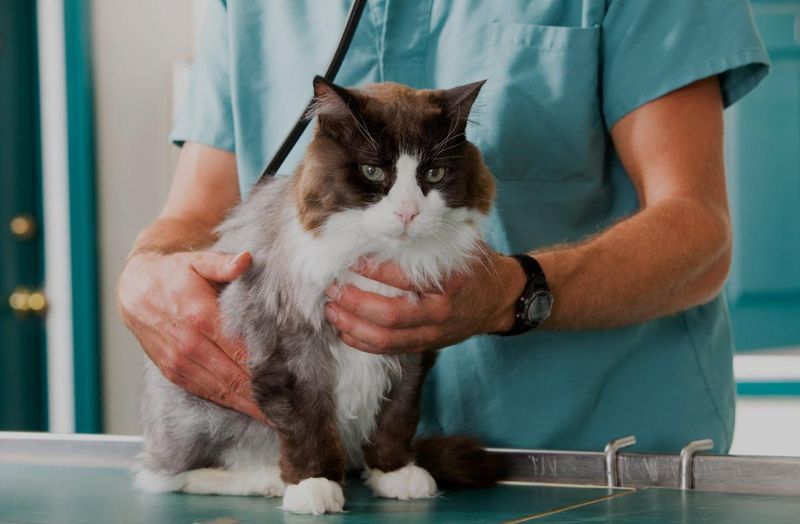
Is your cat leaving more hairballs than toys around? GI issues might be the secret saboteur. Vomiting, diarrhea, or appetite changes are signs.
Diet adjustments and vet guidance can help manage these problems. Pay attention to litter box habits and food intake to keep your cat’s tummy troubles at bay.
12. Asthma
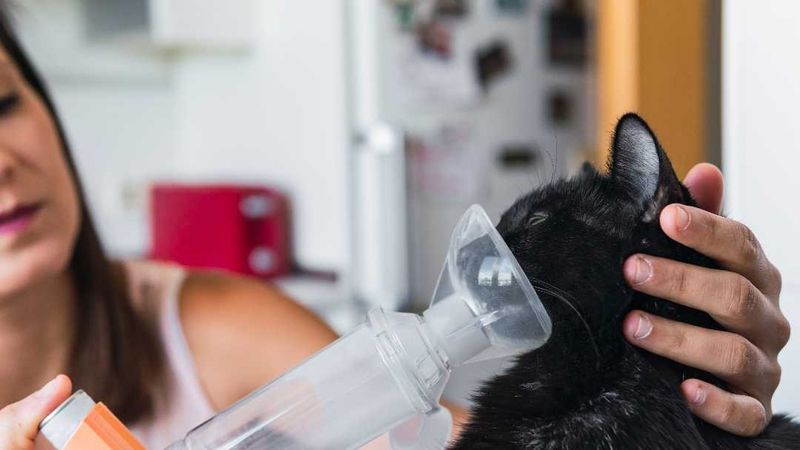
Does your cat have a wheezy purr? Asthma could be the reason. It’s like an unexpected visitor that makes breathing harder, especially during allergy season.
Inhalers and medications can control symptoms, ensuring your cat breathes easy. Keep dust and allergens low to prevent flare-ups, allowing your feline friend to enjoy playtime without breathless pauses.
13. Obesity
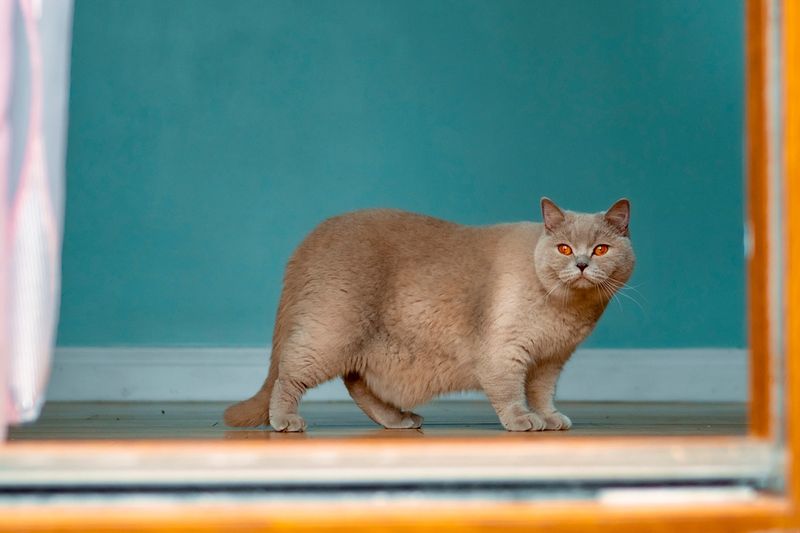
It’s cute until it’s not. Extra pounds can weigh heavily on your cat’s health, leading to diabetes, arthritis, and heart issues. Watch for low activity levels and a pudgy tummy.
Balanced diet and exercise are crucial for shedding excess weight. Encourage play and monitor food intake to keep your cat fit and fabulous.
14. Lymphoma
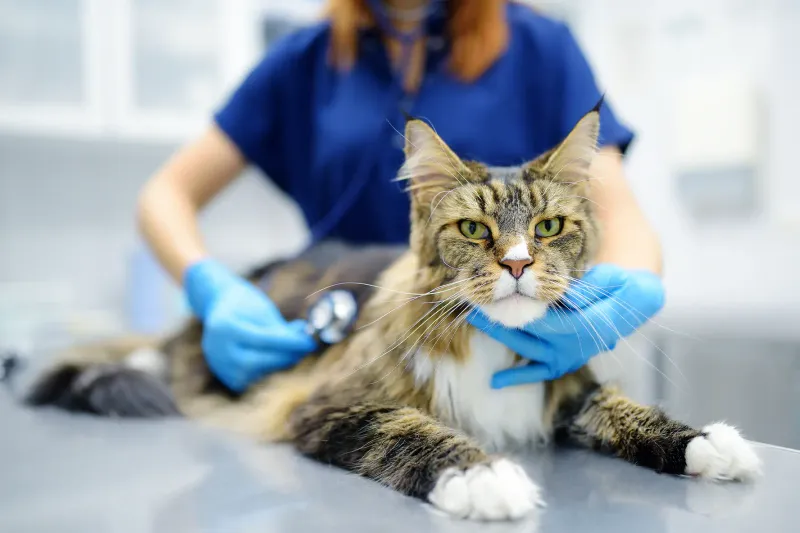
Lymphoma is a type of cancer common in cats, affecting the lymphatic system. It’s like a shadow that grows silently, showing signs like weight loss, vomiting, or lethargy.
Chemotherapy and supportive care can help extend life and improve comfort. Regular check-ups and attentive care make a world of difference for cats with this condition.
15. Allergies
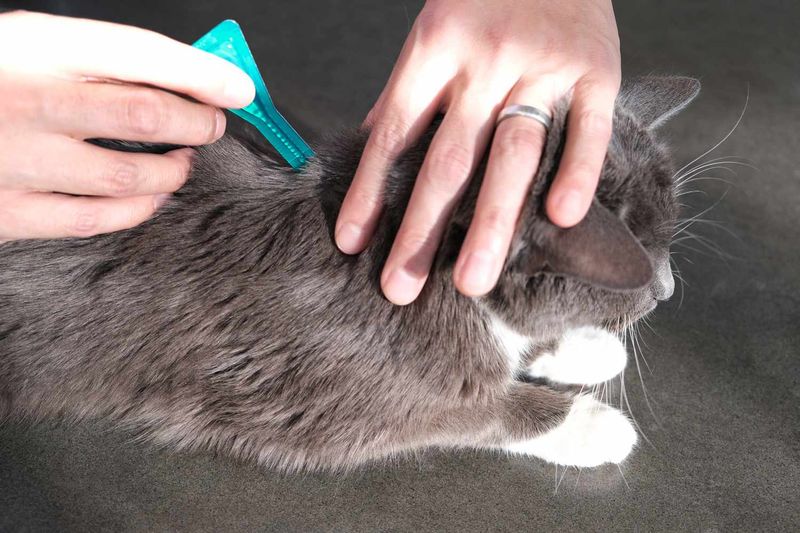
Itchy skin, sneezing, and ear infections might signal allergies. Your cat isn’t just picky; sometimes, those sniffles mean business.
Identifying allergens and managing exposure can keep symptoms at bay. Medications or dietary changes might be needed to keep your cat comfortable.
Don’t brush off those itchy moments; they’re telling you something!
16. Arthritis
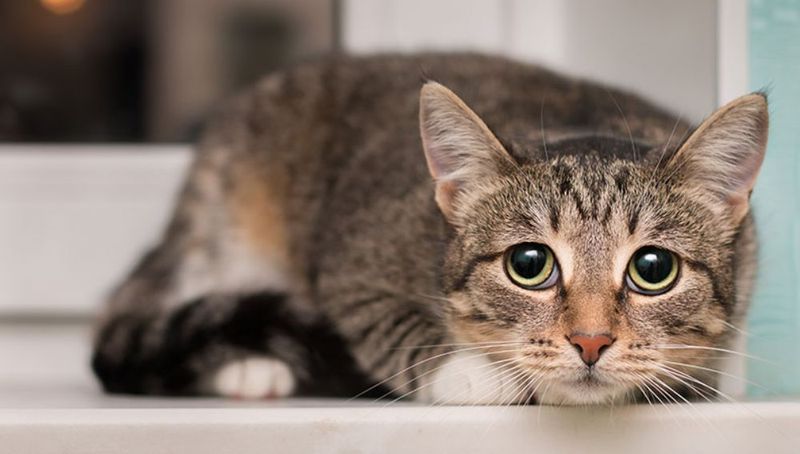
As cats age, they might move like their joints are rusty hinges. Arthritis can sneak in, making jumping or running a challenge.
Supplements and medications can ease pain, helping your cat move more comfortably. Keep their environment accessible, with low steps and cozy resting spots to support aging joints.



